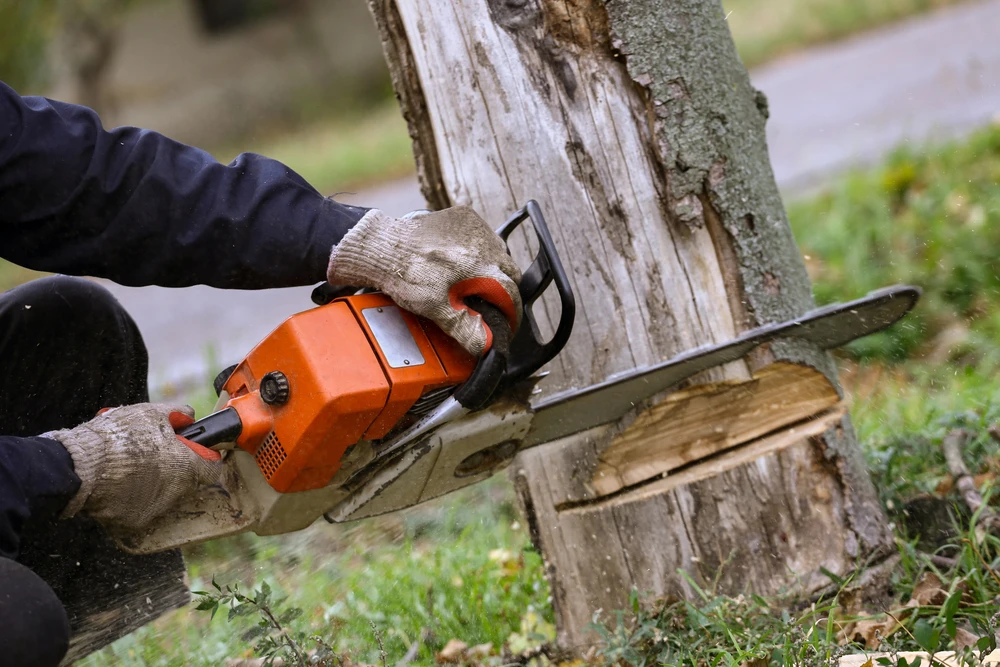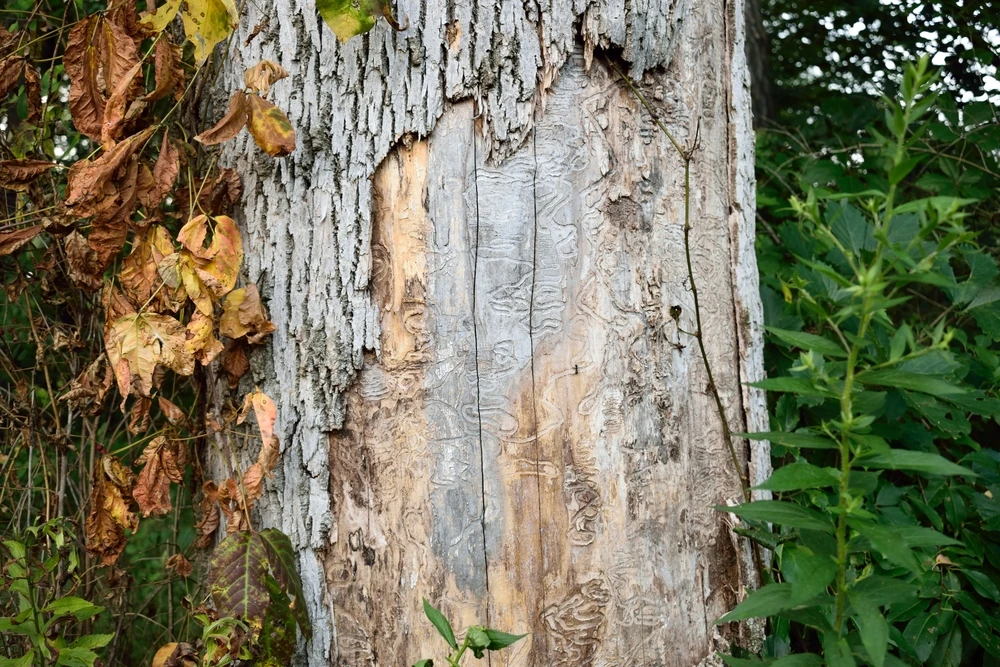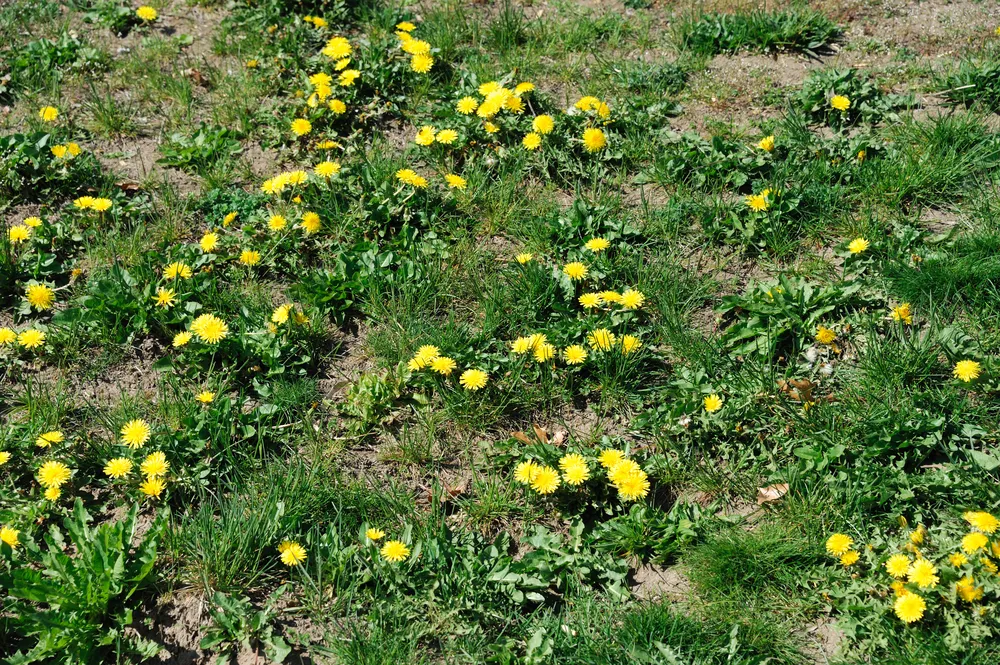There are several signs that indicate it might be time to remove a tree. Here are some common signs to be on the lookout for:
Dead or decaying tree
If your tree is dead or shows significant signs of decay, such as brittle branches, missing bark, or fungi growing at the base, it is likely a safety hazard and should be removed.
Leaning or instability:
A tree that is leaning excessively or showing signs of instability, such as shifting roots or cracks in the trunk, may pose a risk of falling. In such cases, removal may be necessary to prevent property damage or injury.
Severe storm damage
If a tree has been severely damaged by a storm, with broken branches or split trunk, it may be beyond repair. It’s important to assess the tree’s structural integrity and consider removal if it poses a danger.
Invasive root system
Some tree species have aggressive root systems that can cause damage to nearby structures, such as foundations, driveways, or underground utility lines. If you’re experiencing recurrent issues with root damage, removal might be necessary.
Disease or pest infestation
Trees affected by diseases or pest infestations may become weakened, leading to a decline in health and structural integrity. If the problem is extensive and cannot be effectively treated, removing the tree might be the best course of action to prevent the spread to other trees.
Overcrowding or poor placement
If a tree has grown too close to structures, such as buildings or power lines, it may need to be removed to avoid potential damage. Overcrowded trees can also compete for resources and hinder each other’s growth, making removal necessary for the overall health of the landscape.
Excessive shedding or debris
While some shedding is normal, if a tree consistently drops an excessive amount of branches, leaves, or debris, it can become a nuisance to maintain. If the cleanup effort becomes overwhelming, removing the tree may be a viable solution.
It’s important to consult with a professional arborist or tree removal service to assess the situation accurately. They can provide expert advice and determine whether removal is necessary or if alternative measures, such as pruning or treatment, can address the issue effectively.




